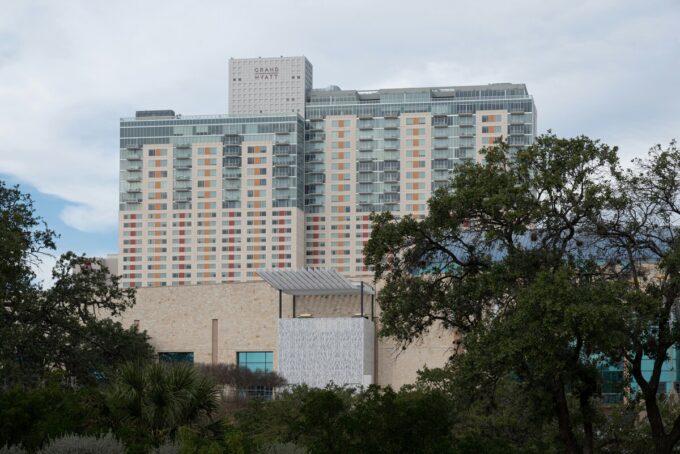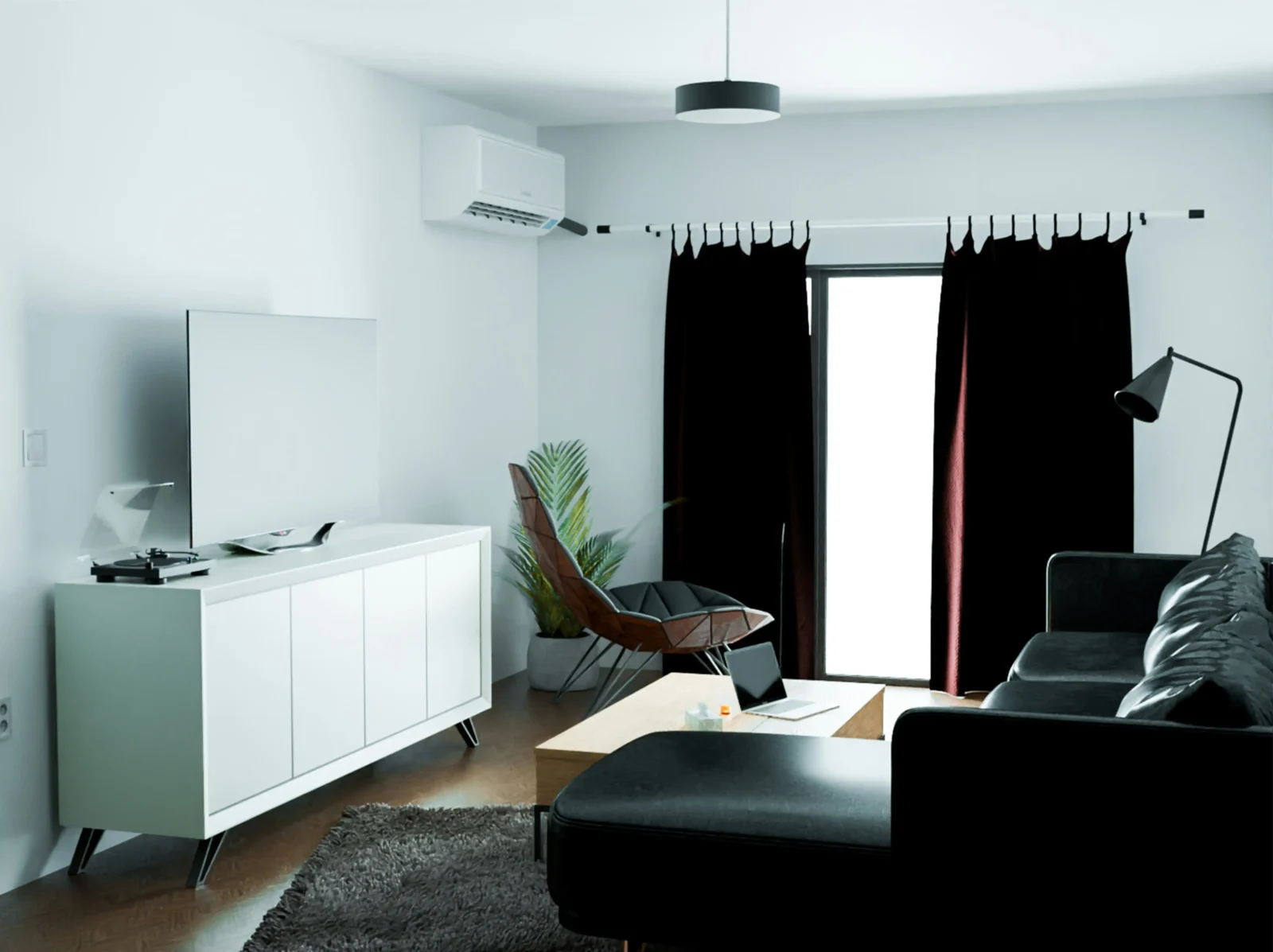- Home
- Articles
- Architectural Portfolio
- Architectral Presentation
- Inspirational Stories
- Architecture News
- Visualization
- BIM Industry
- Facade Design
- Parametric Design
- Career
- Landscape Architecture
- Construction
- Artificial Intelligence
- Sketching
- Design Softwares
- Diagrams
- Writing
- Architectural Tips
- Sustainability
- Courses
- Concept
- Technology
- History & Heritage
- Future of Architecture
- Guides & How-To
- Art & Culture
- Projects
- Interior Design
- Competitions
- Jobs
- Store
- Tools
- More
- Home
- Articles
- Architectural Portfolio
- Architectral Presentation
- Inspirational Stories
- Architecture News
- Visualization
- BIM Industry
- Facade Design
- Parametric Design
- Career
- Landscape Architecture
- Construction
- Artificial Intelligence
- Sketching
- Design Softwares
- Diagrams
- Writing
- Architectural Tips
- Sustainability
- Courses
- Concept
- Technology
- History & Heritage
- Future of Architecture
- Guides & How-To
- Art & Culture
- Projects
- Interior Design
- Competitions
- Jobs
- Store
- Tools
- More

In the 21st century, the architecture and design industries are acutely aware of their ecological footprints and are embracing sustainability with open arms. While the prominence of sustainable solutions in interior design such as biophilic design, use of recycled materials, and energy-efficient lighting cannot be undermined, there are a myriad of other, less explored options that designers can tap into for creating ecologically conscious interiors. This article elucidates some of these lesser-known sustainable solutions that offer the same commitment to preserving the environment, but with an added twist of innovation.

Local Sourcing
Using locally sourced materials can substantially reduce the carbon footprint associated with the transport of products and materials. Sourcing locally doesn’t only promote local artisans and businesses, but also tends to be more cost-effective. Locally sourced materials often reflect the cultural context and heritage of the area, adding an authentic and personal touch to interior designs.
For instance, a designer based in a coastal town might incorporate locally-sourced driftwood into their designs, as decorative elements or even structural pieces like a bespoke, handmade table or shelving unit. Similarly, a designer in a city known for its ceramics might use locally-produced ceramic tiles in their projects.

Upcycling
Although recycling is widely known, upcycling is a less common yet valuable practice in sustainable design. Upcycling, or creative reuse, involves transforming waste materials, useless, or unwanted products into new materials or products of better quality or for better environmental value. Upcycled items often have a unique, rustic aesthetic, which can add character and charm to interiors. This solution isn’t just sustainable; it also cultivates a culture of creativity and innovation.
3D Printing
3D printing has been lauded for its potential to revolutionize various industries, and interior design is no exception. It offers the promise of reducing waste by creating just what is needed, when it’s needed. It also has the potential to cut down on the emissions associated with transportation of goods, as designs can be sent digitally and printed locally. This technology can enable designers to create bespoke items that perfectly fit the required space and style, thus opening a realm of customization possibilities.
Low-Impact Materials
Materials such as bamboo, cork, and mycelium have a lower environmental impact than many conventional alternatives. Bamboo and cork are rapidly renewable and require little to no pesticides or fertilizers during their growth. Mycelium, the root structure of mushrooms, can be grown into a variety of shapes and has been used to create everything from furniture to building blocks. Using these materials can reduce the environmental impact of an interior design project without sacrificing style or function.
One example of using low-impact materials is the use of bamboo for flooring, wall coverings, and furniture. Similarly, cork can be used for flooring or wall panels. Mycelium can be used to create unique furniture pieces like chairs, tables, and lighting fixtures.

Circular Design
The concept of circular design focuses on designing products and systems that are regenerative by design, aiming to keep products, components, and materials at their highest utility and value at all times. This means creating interiors that are adaptable and modular, able to be disassembled and reconfigured to meet changing needs. By considering the full lifecycle of a product, from production to end-of-life, circular design can significantly reduce waste and resource consumption. Designers might create a modular shelving system, which can be reconfigured based on changing needs or moved easily from one home to another. They could design sofas with replaceable covers and cushions, allowing for a change in aesthetic without having to replace the entire piece of furniture.
Sustainable Certifications
Interior designers can ensure the sustainable footprint of their designs by adhering to established sustainable design certifications like LEED (Leadership in Energy and Environmental Design), WELL Building Standard, and the Living Building Challenge. These certifications provide guidelines for a range of sustainable practices, from energy efficiency to materials selection, and can serve as valuable tools for designers seeking to implement less common sustainable solutions.
Sustainability in interior design is not a fad, but a necessity in our rapidly changing world. While many of the most popular sustainable design strategies are highly effective, there are numerous other, less well-known strategies that are equally viable. By exploring these innovative and underutilized methods, designers can create interiors that are not just beautiful and functional, but also truly sustainable. As the demand for sustainable design continues to grow, the design industry will likely see an increasing number of these innovative strategies being used.

Submit your architectural projects
Follow these steps for submission your project. Submission FormLatest Posts
10 Common Architectural Symbols and Their Meanings
Architectural drawings rely on symbols to communicate complex ideas quickly and clearly....
Best LED Shop Lights 2026: Brightest Options for Garage & Workshop
In 2026, LED shop lights have become essential for creating safe, efficient,...
Coloring Your Year: Using Traditional Lunar New Year Hues to Transform Your Apartment Décor
Lunar New Year always brings a burst of color and energy, making...
Chandelier Light vs Ceiling Lights: Which Decorative Lighting Works Best for UAE Homes in Winter?
Winter in the UAE doesn’t arrive loudly. It doesn’t announce itself with...












Leave a comment